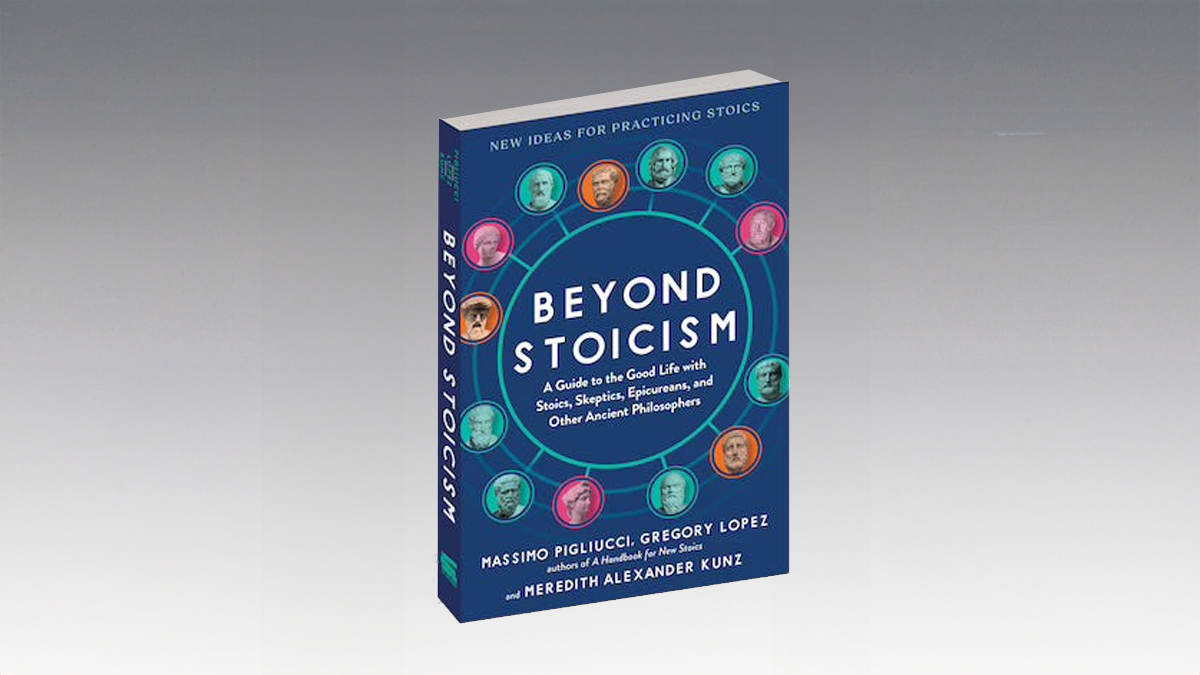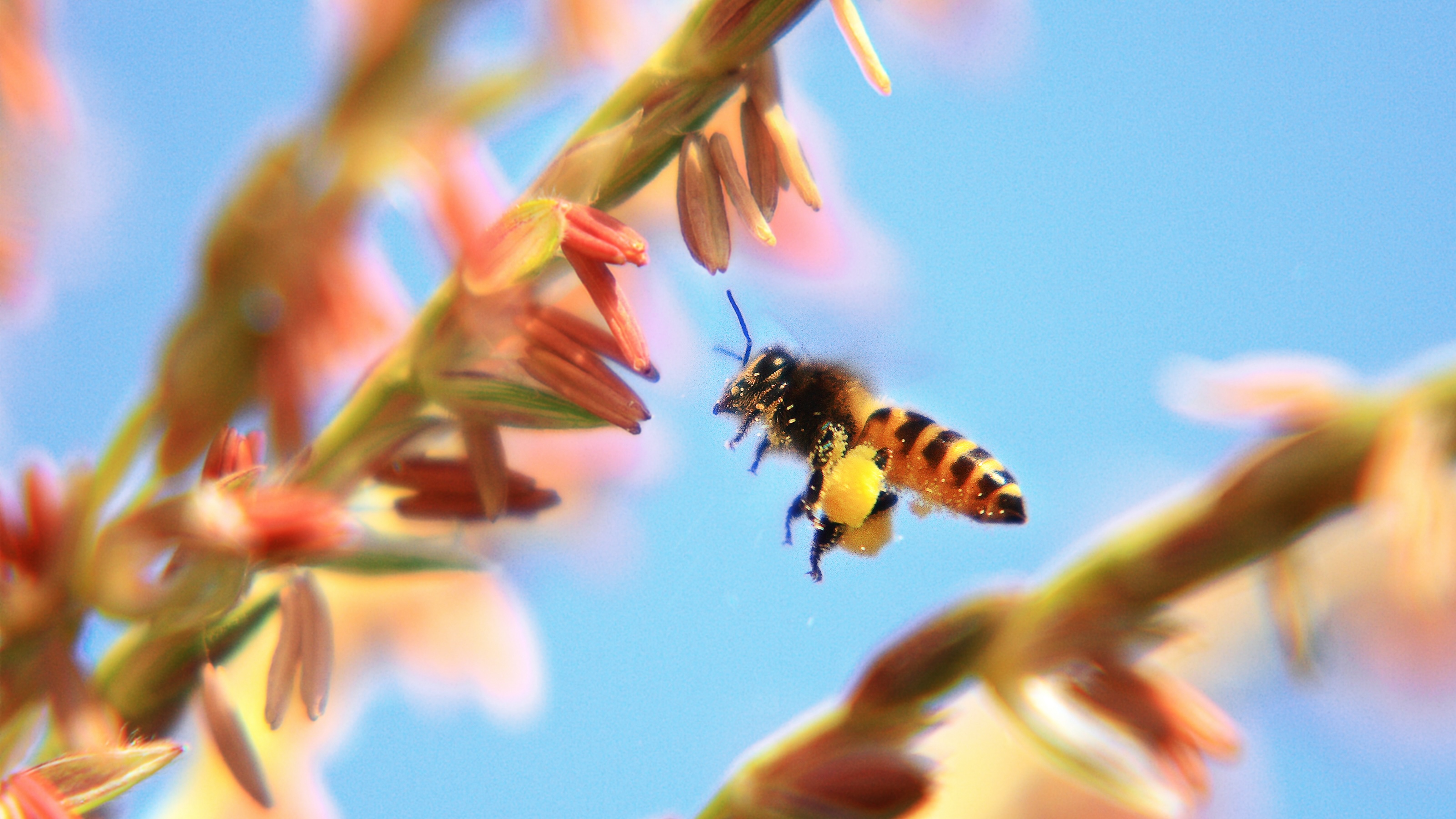Animal flocks, schools, and swarms perform extraordinary feats of collective behavior. How do they do it, and how does it help them?
Question: What are some of the most surprising behaviors animal groups display?
rnIain Couzin: Well, I started working on ants because I was fascinated by how very small animals, you know, with relatively small brains, can live in these large societies. And one of the things I was studying was traffic organization. And so I decided to look at an ant that's literally blind, so we have a case of the blind leading the blind, they're called army ants, they live in Central and South America, and you literally have a million and a half of these blind individuals living together and forming huge swarm raids across the forest floor and collectively able to subdue much larger prey items than themselves, which they rip apart and they bring back to the nest. And what I found was that these ants, even though they're blind, even though they're just interacting locally, would spontaneously form lanes on the trails to minimize congestion.
rnSo whereas we, you know, I just walked through New York City and there's congestion everywhere, these ants have just developed very simple rules to minimize that so they can maximize the flow of resources back to the nest.
rnQuestion: How do some animal groups achieve such extraordinary coordination?
rnIain Couzin: Well, the ants are exceptional in some respects because they have a very strange genetic relatedness, it's called haploid diploidy, which means that they're more closely related to each other, their sisters, than they would be to their own offspring. And so the workers actually forego reproduction to benefit the colony. And that's quite a special type of evolution because it means that the ant colony itself behaves as some people have described as a super organism. You know, the queen is the productive entity and the workers then work for the benefit of the whole colony. And so there we have some of the most exquisite collective behaviors, because of course, it's in everyone's interests to do so.
rnNow if look, you know, at the other extreme and say human crowds, we actually get some similar types of patterns. If you were to look above a crowd, sort of unbeknown to you, you actually also spontaneously form lanes. You fall in the slipstream of other individuals walking in the same direction as you. But of course, you know, you may want to be minimizing your own travel time, but you don't necessarily care whether you do so at the expense of other people. And so we see this when we look at vehicular traffic, on the motorways and highways, people can often be very selfish and this can lead to congestion. And the ants don't have that type of problem because they don't have the sort of genetic conflict.
rnQuestion: What are the survival advantages of acting collectively?
rnIain Couzin: Well, when we look at highly coordinated behavior, say schooling fish. I mean, you've probably all seen in a television or even, you know, if you've gone diving, this incredibly, highly-coordinated group behaviors. And to be honest, it's still a bit of a mystery as to how and why these groups form. We know that **** pressure causes individuals to come together because if a predator was to attack, it's always better for someone else to be taken rather than you. But in actual fact, the coordination of these behaviors also leads to a very interesting properties. It gives individuals within these groups access to what we call higher order computational powers. And what do we mean by that?
rnWell, in actual fact, you know, one individual, or a few individuals detecting the predators to move away and this can lead to a whole wave crossing the group. And in actual fact, because these groups are often quite large, they can process information from multiple sources simultaneously. And what we've discovered is that the way that the individual interactions are tuned by natural selection, is such as to make very fast, yet very accurate collective decisions. And decisions that are very difficult for individuals alone. So by being within a group, they're actually better at sensing and responding to the world around them.
rnQuestion: What’s an example of the power of collective decision-making?
rnIain Couzin: So in one experiment, we were interested in disease within populations and typically grouping is always considered to be risky because it's, you know, increases transmission of disease. But, you know, if we are right, if there is some form of collective intelligence, then perhaps by being in a group, you're better able at discriminating between diseased individuals and non-diseased individuals. And so using model replica fish, one of which had a sort of a little parasitic infection, you know, which we painted on the side of the individual and one that didn't, we can then ask, "Well, what does an individual do?" An individual is pretty bad at making that decision, it's very difficult for it to do so, so it gets it right maybe 60 percent of the time, maybe less. However, when we get to groups of four or eight or sixteen, the way that they're interacting actually allows them to integrate their information. And in actual fact, the accuracy shoots up and they're able to make very accurate decisions and as a group they're able to avoid the diseased individual. And this is just one example of this type of collective decision making.
Recorded on December 15, 2009
Interviewed by Austin Allen





